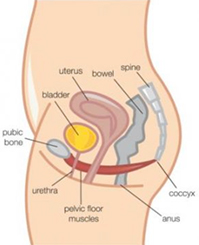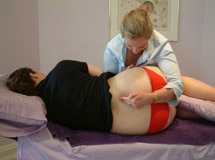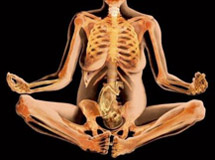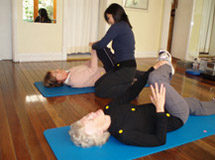Women's Health and Continence Retraining for Women & Men



After childbirth it is common to find that things don't feel quite like they use to:
- you may have experienced a few unexpected episodes of leaking from your bladder. (1 in 3 women will experience some form of urinary leaking after just having one baby).
- Or you may feel you need help getting your pelvic floor and tummy muscles to re-engage so you can return to exercise
(Sourced from The continence foundation of Australia.)
There are common complaints from women regarding bladder control that may be experienced when postnatal, but can also be experienced in those who haven't had children.
Common complaints include:
- A need to hurry to the toilet due to fear of urinary leaking
- Urinary leaking on the way the toilet or whilst waiting for a toilet in a queue
- Sudden desire to pass urine when you know your bladder isn't full.
- Going to the toilet more than 6 - 8 times per day or greater than 2 times at night
- Leaking of urine with a cough, sneeze, jump, laugh or change of position.
- Difficulty passing urine or emptying your bladder
- A feeling of heaviness or a bulge in the vagina
- Difficulty controlling wind or bowel movements.
It is important for you to know that although these symptoms are common, it is not normal, and something can be done about it.All of these could indicate various types of conditions such as Stress urinary incontinence, urge urinary incontinence, pelvic floor weakness or possibly a prolapse.
What can you do?
There are different causes of urinary leaking it may be that your pelvic floor muscles are weak and need to be strengthened or it could be that your bladder is pushing out urine when it is not suppose to.
It is therefore advisable to speak with a continence nurse, your gynaecologist or a women's health physiotherapist so they can help you work out what the problem is.
What is the Pelvic floor?

The' pelvic floor' is a group of muscles at the base of your pelvis that form a sling much like a trampoline from the pubic bone at the front to the coccyx at the back.
The pelvic floor has 3 openings in women and 2 openings in men for passages to pass through. The pelvic floor wraps tightly around these openings to help keep the passages shut until you go to the toilet.
The pelvic floor therefore plays a very important role in:
- Maintenance of continence from both the bladder and the bowel
- Support of the internal pelvic organs such as the bladder, uterus and bowel
- Increase in sexual response during intercourse
- Working in conjunction with your abdominal and back muscles to help with stability of your spine.
Although we can't see the pelvic floor, it is a voluntary muscle, which means we can exercise it and strengthen it just as you would a muscle in your knee or arm. Exercises where you think about strengthening the muscles around the vagina or the penis are therefore called ‘ pelvic floor exercises'
'Pelvic Floor Exercises'
When you are doing a pelvic floor exercise you are trying to tighten and pull up the muscles around your water pipe, vagina and anus together.
A good way to feel this is to imagine you are passing urine on the toilet and you have to stop the flow of urine, feel the muscles tighten and pull up around your vagina. Try and hold this for 5 seconds. Then as you get used to creating this contraction, start to hold it for longer periods of time, or when you first get the urge to go to the toilet. Make sure when you do the exercise you are not holding your breath or squeezing your bottom cheeks, or back passage. Click here to go to our pelvic floor exercise description.
In a research study completed in 1991, 51% of women who were given brief verbal instruction in performing pelvic floor exercises were ineffective, and of these women 25% were doing a pelvic floor technique that could potentially promote incontinence because they were bearing down on their pelvic floor. (Bump et al 1991). This is why seeking help from an experience physiotherapist is important to ensure you are doing your pelvic floor exercises correctly.Research has also shown that retraining Pelvic floor muscle activation and increasing muscle endurance is one of the most effective ways to improve your continence issues




